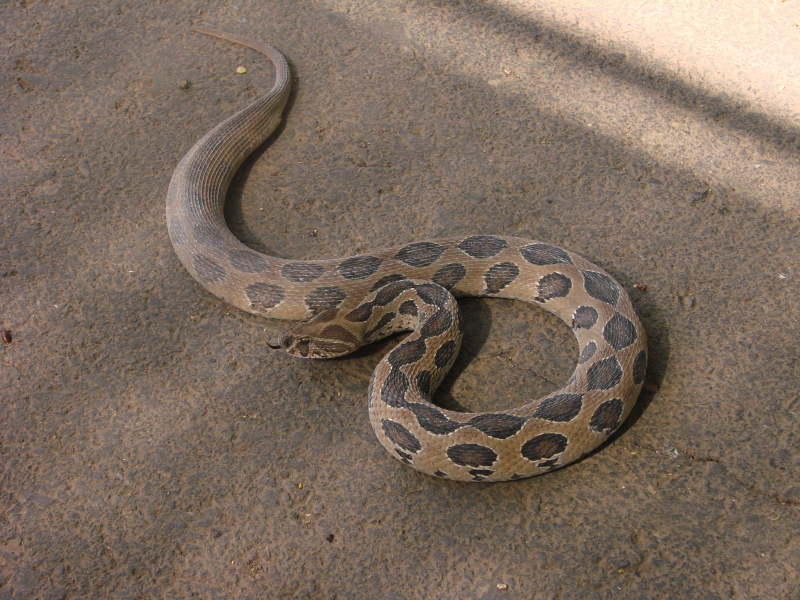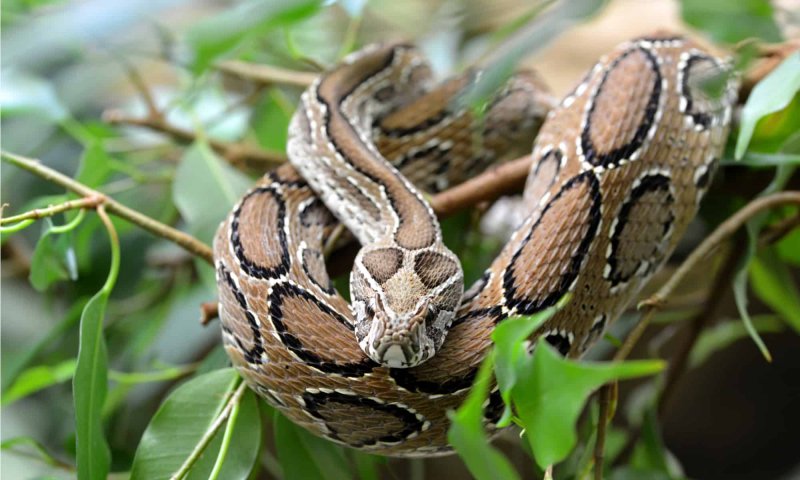Russell’s Viper
The next position on the list of the most dangerous snakes in the world is Russell’s Viper. One of India's "big four" snakes and a poisonous member of the Viperidae family, Russell's viper is indigenous to the Indian subcontinent. It was named after Patrick Russell, who wrote about it in his 1796 book An description of Indian serpents, collected on the coast of Coromandel, and was detailed by George Shaw and Frederick Polydore Nodder in 1797.
The bite of this snake is exceptionally lethal because 40-70 mg of Russell's viper venom is sufficient to kill the ordinary person! In actuality, more people are killed by Russell's vipers in India, Burma, and Sri Lanka than by any other snake. This snake hunts in densely populated regions and can be found in open grasslands all over the Indian subcontinent. The Russell's viper is not only extremely deadly because of its proximity, but it also possesses a bite to back it up.
The Russell's viper commonly bites people, causing localized swelling and bleeding. Depending on the intensity, this snake's envenomation can cause unpleasant side effects for up to two weeks. If untreated, statistics for bites suggest that more than 30% of victims experience kidney failure and pass away.












